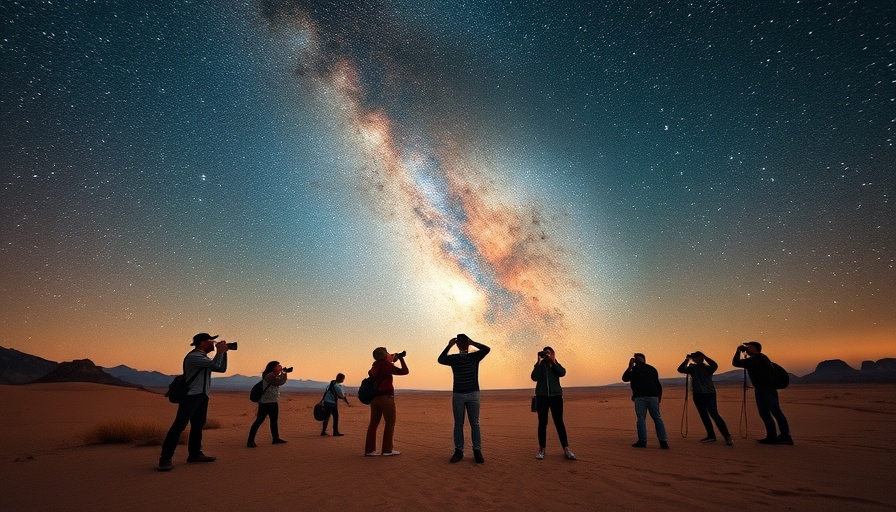
Discovering the Oregon Outback: A Stargazer's Paradise
Every year, countless stargazers and travelers flock to Oregon's vast Outback—an untouched tapestry of deserts and mountains—especially since it was recognized as the largest dark sky sanctuary in the world. With 2.4 million acres stretching across the southeast region of the state, this sanctuary offers a unique opportunity to see the cosmos in all its glory, unmarred by artificial light.
A Brief History of Dark Sky Sanctuaries
DarkSky International, a non-profit organization committed to combating light pollution, designated this incredible expanse as a sanctuary in March 2024. The recognition highlights the commitment to preserve the natural night sky and ensures that future generations can enjoy the beauty of a starlit sky, free from the interference of man-made light. While the current designation covers Lake County, there are plans to expand the Oregon Outback International Dark Sky Sanctuary to an astonishing 11.4 million acres, which would make it a leader in conservation and a haven for astronomers worldwide.
Why Visit This Stargazing Sanctuary?
For many, the serenity of a clear night sky is a rare experience. The Oregon Outback allows visitors to disconnect from everyday distractions. People from all walks of life venture here—families, astronomy enthusiasts, and those simply seeking peace. At night, the sky transforms into a canvas of shimmering stars, planetary alignments, and even the Milky Way—making it a prime spot for astrophotographers and casual sky-watchers alike.
Tips for Planning Your Visit
To make the most of your trip to the Oregon Outback, here are some essential tips:
- Best Time to Visit: The sanctuary is best enjoyed during the months of May through October. During these months, the skies are typically clearer, and temperatures are milder for outdoor activities.
- Accommodations: Consider staying in Lakeview, the closest town, which offers a range of accommodations from cozy bed-and-breakfasts to camping facilities. Booking in advance is recommended, especially during popular stargazing events.
- What to Bring: A telescope or binoculars can enhance your viewing experience, while warm clothes and blankets will keep you comfortable during nighttime viewings.
- Respect the Environment: Follow local guidelines to help minimize your impact. Remember, every visitor plays a role in preserving this tranquil environment for everyone.
The Cultural Significance of the Stars
The night sky holds deep cultural significance for many Indigenous peoples in the region. They have long revered the stars, seeing them as guides for navigation and storytelling. By visiting the Oregon Outback, travelers have the chance to engage with this rich history and appreciate a connection to nature that dates back generations.
Community Engagement and Future Opportunities
With its new designation, local communities have embraced the sanctuary as a means of economic growth. Tourism centered around stargazing has expanded local businesses, fostering a sense of community pride and sustainability. Contributions to local infrastructure, such as informational signs and guided tours, enhance the visitor experience while empowering the region.
Frequently Asked Questions
How can I ensure I experience the best stargazing? Check weather conditions in advance and avoid nights with a full moon.
Are there guided tours available? Yes, some local companies offer guided stargazing tours, providing telescopes and expert knowledge.
What other activities are available in the area? Besides stargazing, visitors can enjoy hiking, wildlife observation, and exploring the unique geological features of the Outback.
Conclusion: A Call to Explore the Cosmos
The Oregon Outback offers a stunning vista of the universe, reminding us of our place within it. As you plan your trip to this dark sky sanctuary, remember that each moment spent under the night sky is an invitation to wonder and curiosity. Make the time to visit and reconnect with the cosmos.
 Add Row
Add Row  Add
Add 



Write A Comment